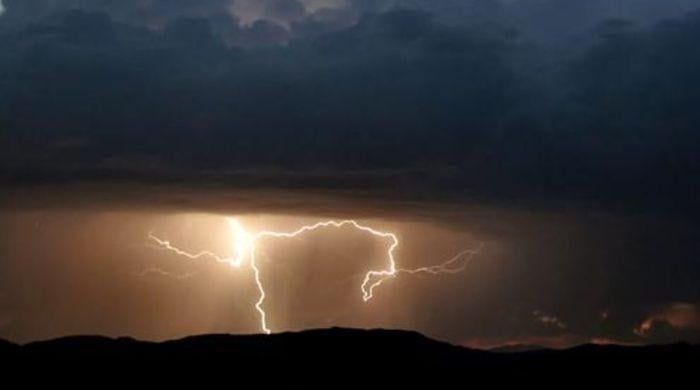NEW DELHI: Climate change is causing an alarming rise in deadly lightning strikes in India, killing nearly 1,900 people a year in the world's most populous country, scientists warn.
Lightning caused a staggering 101,309 deaths between 1967 and 2020, with a sharp rise between 2010 and 2020, said a team of researchers led by Fakir Mohan University in the eastern state of Odisha.
“The results indicate a steady increase in lightning activity in India, positioning it as one of the leading causes of death among climate change-induced natural disasters,” he said.
While the report analyzed data on deaths, not the number of lightning strikes, it noted that “lightning activity in India is becoming increasingly unpredictable.”
The data showed that the average number of annual deaths per state in India rose from 38 in the period from 1967 to 2002 to 61 between 2003 and 2020, a period when the country's population also grew rapidly to 1.4 billion people.
Lightning is common in India during the June-September monsoon rains, which are crucial for replenishing regional water supplies.
But scientists say their frequency is increasing due to rising global temperatures, triggering a cascade of extreme weather events.
Higher air temperatures create more water vapor, which after cooling at altitude, creates electrical charges that cause lightning.
India's high death toll is also due to ineffective early warning systems and a lack of awareness on how to reduce risk, the report, published in the international journal Environment, Development and Sustainability, added.
Mass deaths from a single blow are common, such as when farmers take shelter in groups from torrential rain under a tree.
The report said data on recorded lightning deaths indicated “an increasing trend, with the past two decades showing the largest increase,” calling it “an alarming development.”
“The increasing trend of extreme weather conditions is likely to exacerbate the situation,” he added, and there is an “urgent need” for policy changes to mitigate the impact.












